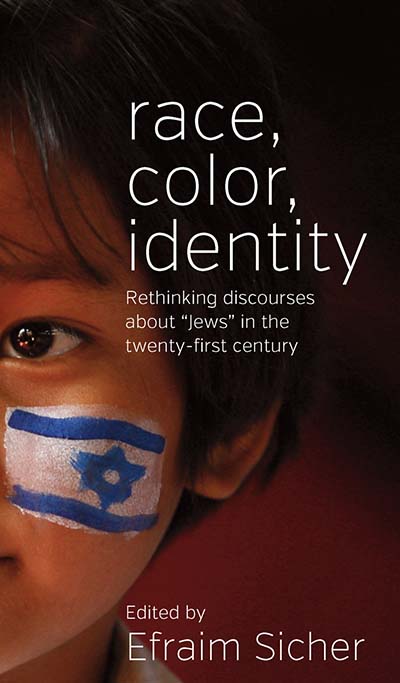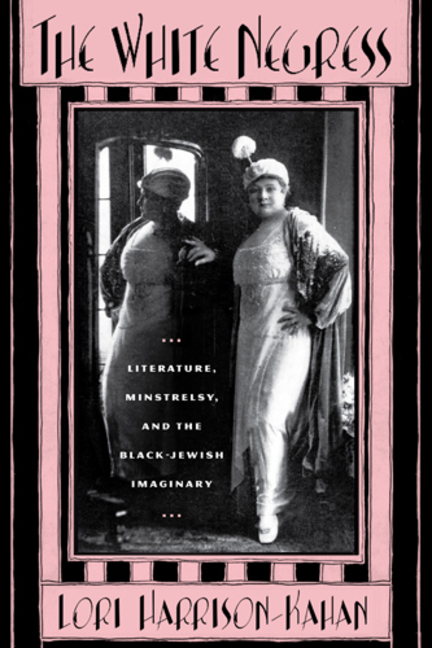Jump at de SunPosted in Articles, Biography, Literary/Artistic Criticism, Media Archive, United States, Women on 2016-05-09 01:33Z by Steven |
The Nation
2003-01-30
Anthropologist, novelist, folklorist, essayist and luminary of the Harlem Renaissance, Zora Neale Hurston dazzled her peers and patrons almost immediately upon her arrival in New York City in 1925, when she made a show-stopping grand entrance at a formal literary affair, flinging a red scarf around her neck and stopping all conversation with her animated storytelling and antics. “I would like to know her,” declared Langston Hughes. She had a “blazing zest for life,” opined celebrity writer Fannie Hurst. Annie Nathan Meyer, a founder of Barnard College, did them one better: She promptly offered Hurston entrance into Columbia University’s sister college, making her the first black student to attend Barnard.
Over the course of her life, Hurston would publish several dozen essays, short stories and poems, and seven books, including her notoriously deceptive (some would say ingeniously “dissembling”) autobiography Dust Tracks on a Road. Nine more books–essays, folklore, short stories and a play–would appear in print posthumously, following Alice Walker’s “rediscovery” of Hurston in the 1970s. According to Carla Kaplan, editor of Zora Neale Hurston: A Life in Letters and a professor at the University of Southern California, this resurrection of the long-forgotten writer has yielded over 800 more books (including sixteen for children), articles, chapters, dissertations, reference guides and biographical essays about Hurston over the past three decades. That some 2,000 spectators showed up at Central Park last summer for a reading of her work is further evidence that Zora mania continues to be in full swing….
…On the other hand (and herein lies the rub), Hurston also believed that “all clumps of people turn out to be individuals on close inspection,” and that “black skunks are just as natural as white ones.” And she had absolutely no tolerance for the suffering protest narratives such as those offered up by novelist (and nemesis) Richard Wright. But “can the black poet sing a song to the morning?” she demanded in a 1938 essay. No, she laments, answering her own question. “The one subject for a Negro is the Race and its sufferings and so the song of the morning must be chocked back. I will write of a lynching instead.”
And there are other troubling inconsistencies. Those of us of racially mixed parentage, for example, might wonder whether we would have qualified for Hurston’s affection as “authentic” black folk. That she placed a premium on “pure” Negroness was apparent in her attacks on colorist prejudice among the light-skinned black elite (W.E.B. Du Bois was not well-loved by Hurston for his championing of the talented tenth); her disparaging remarks about “a crowd of white Negroes” on their way to Russia to make a movie about black America who had never been “south of the Mason-Dixon line”; and her “color-conscious casting” of an “authentic” Negro concert with “no mulattoes at all.” (Godmother Mason was also pleased by this banning of the “diluted ones.”)
She was a black nationalist, say some. Indeed, her complicated opposition to Brown v. Board of Education flew in the face of everything the “race leaders” of her time fought and died for. Though she was not a segregationist, Hurston found the assumption of Negro inferiority deeply insulting, according to both Boyd and Kaplan. “It is a contradiction,” as Hurston put it, “to scream race pride and equality while…spurning Negro teachers and self-association.”…
Read the entire article here.





